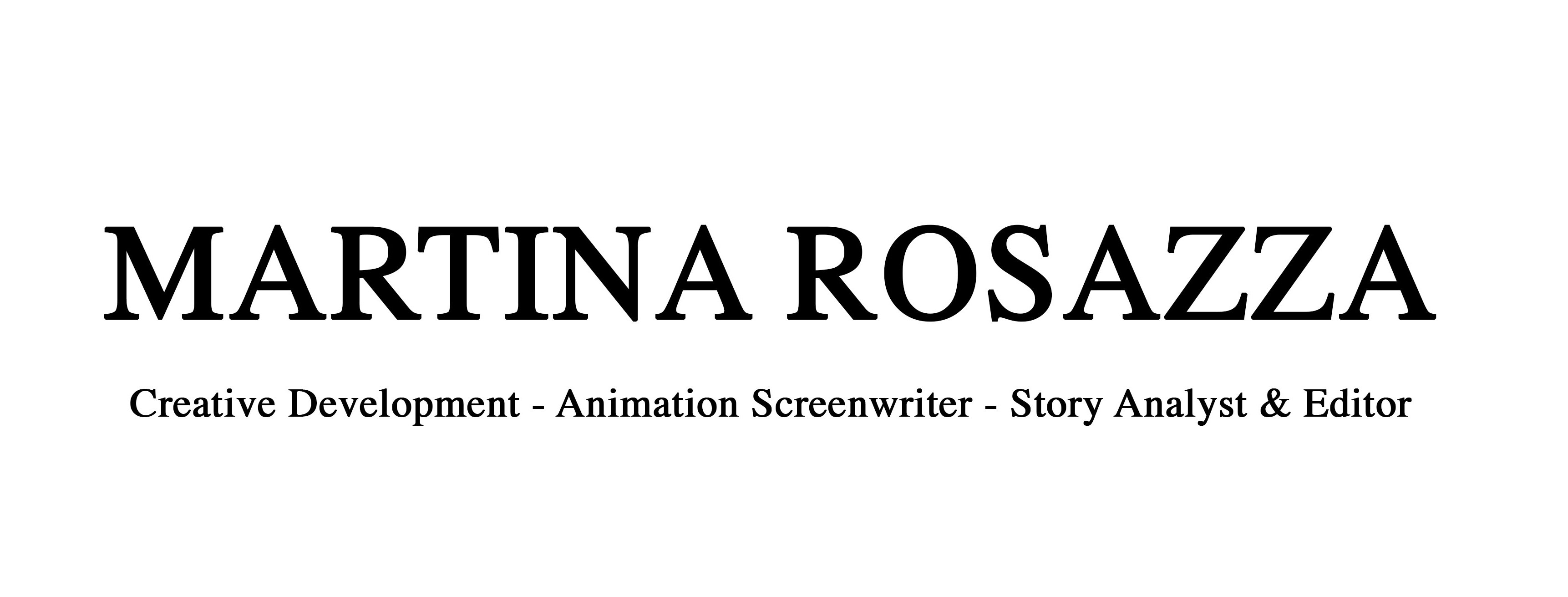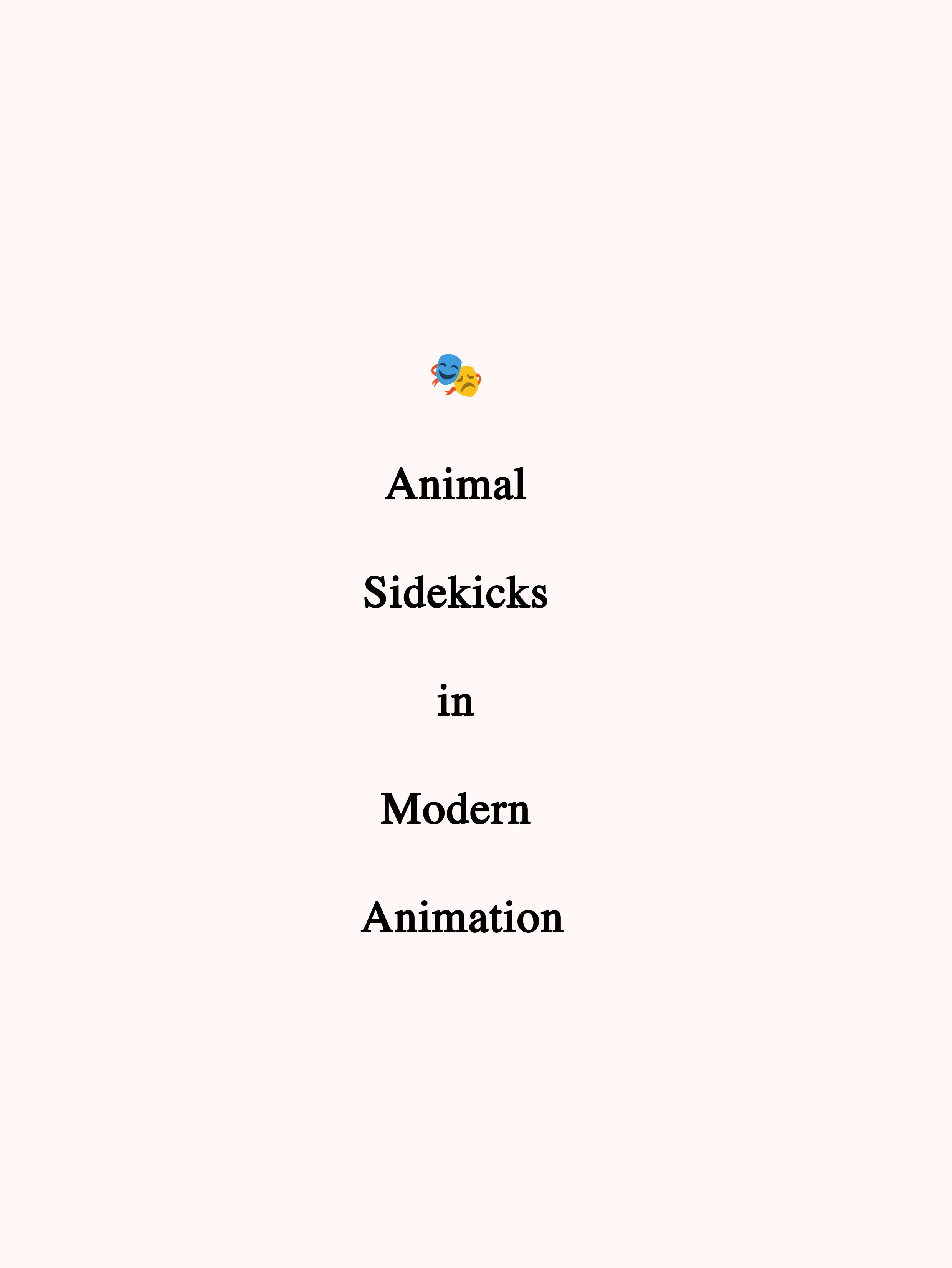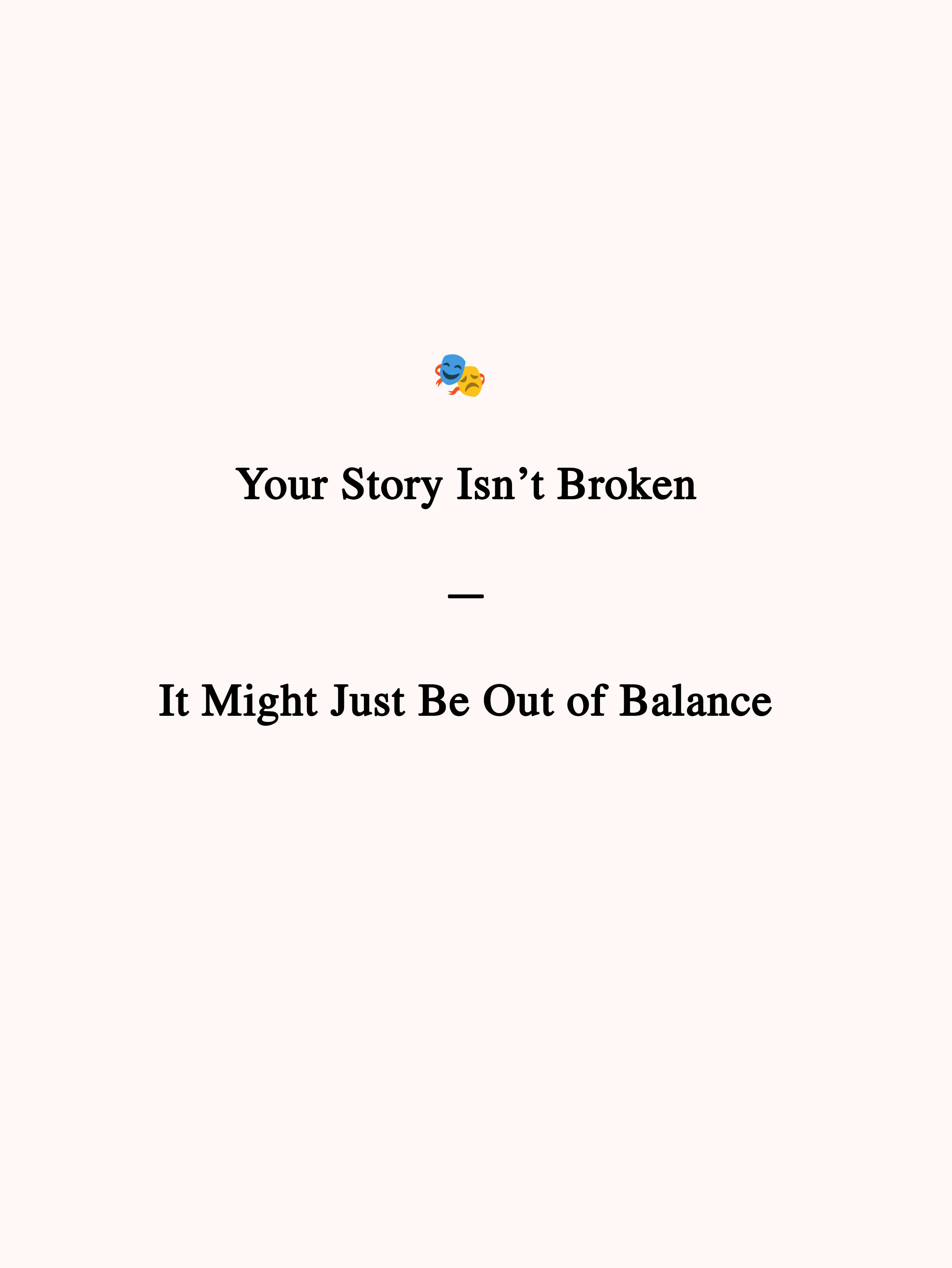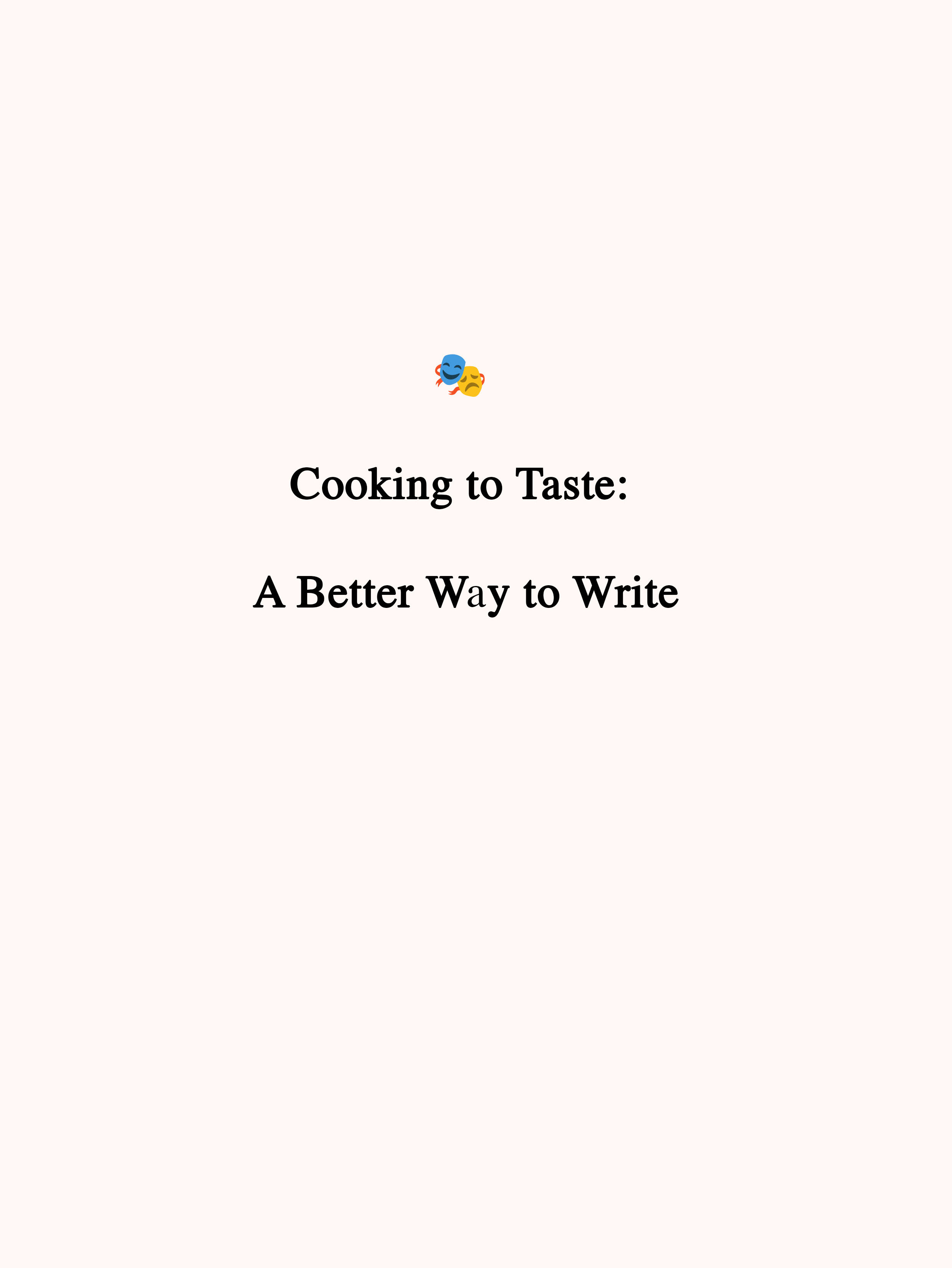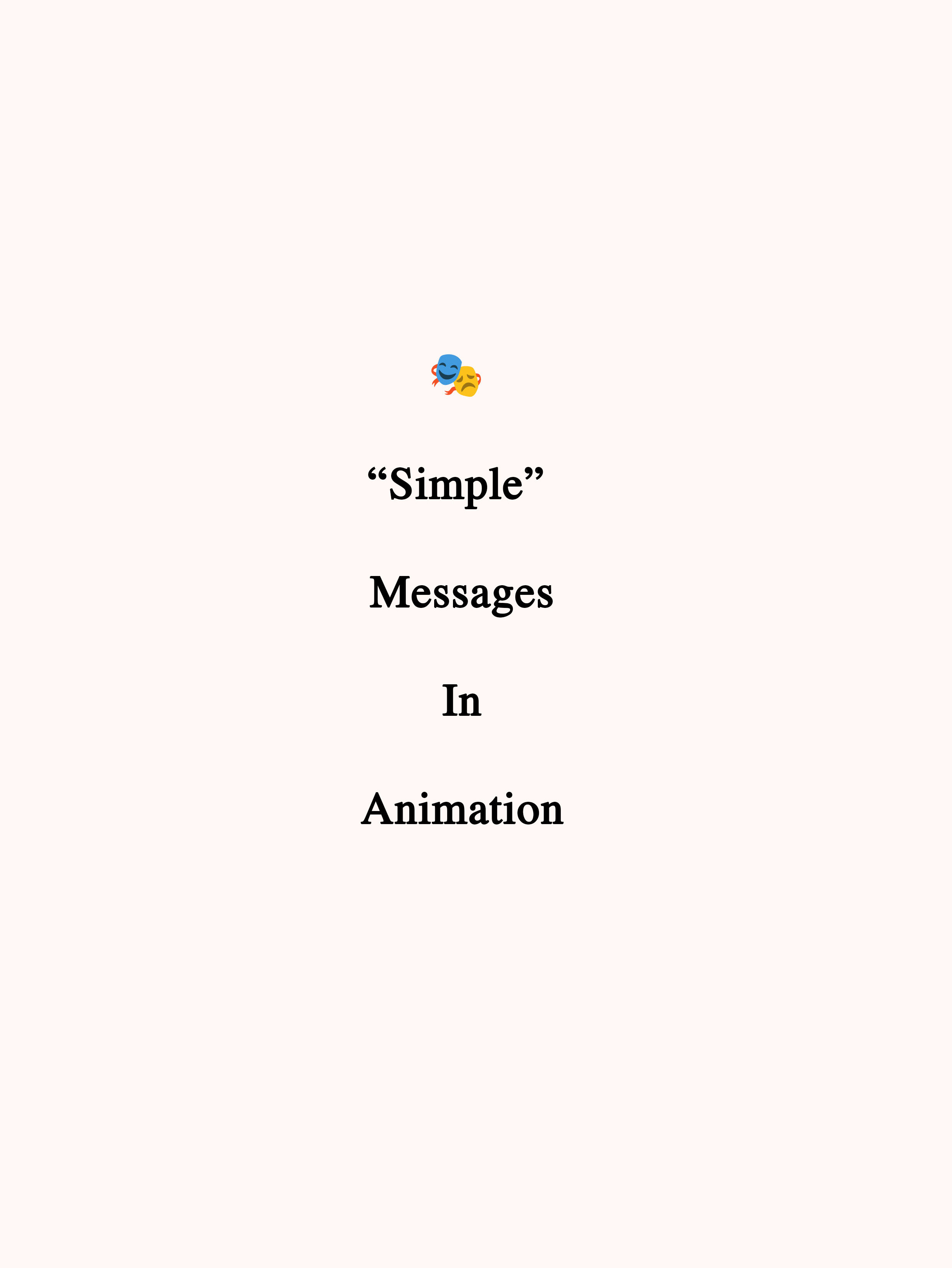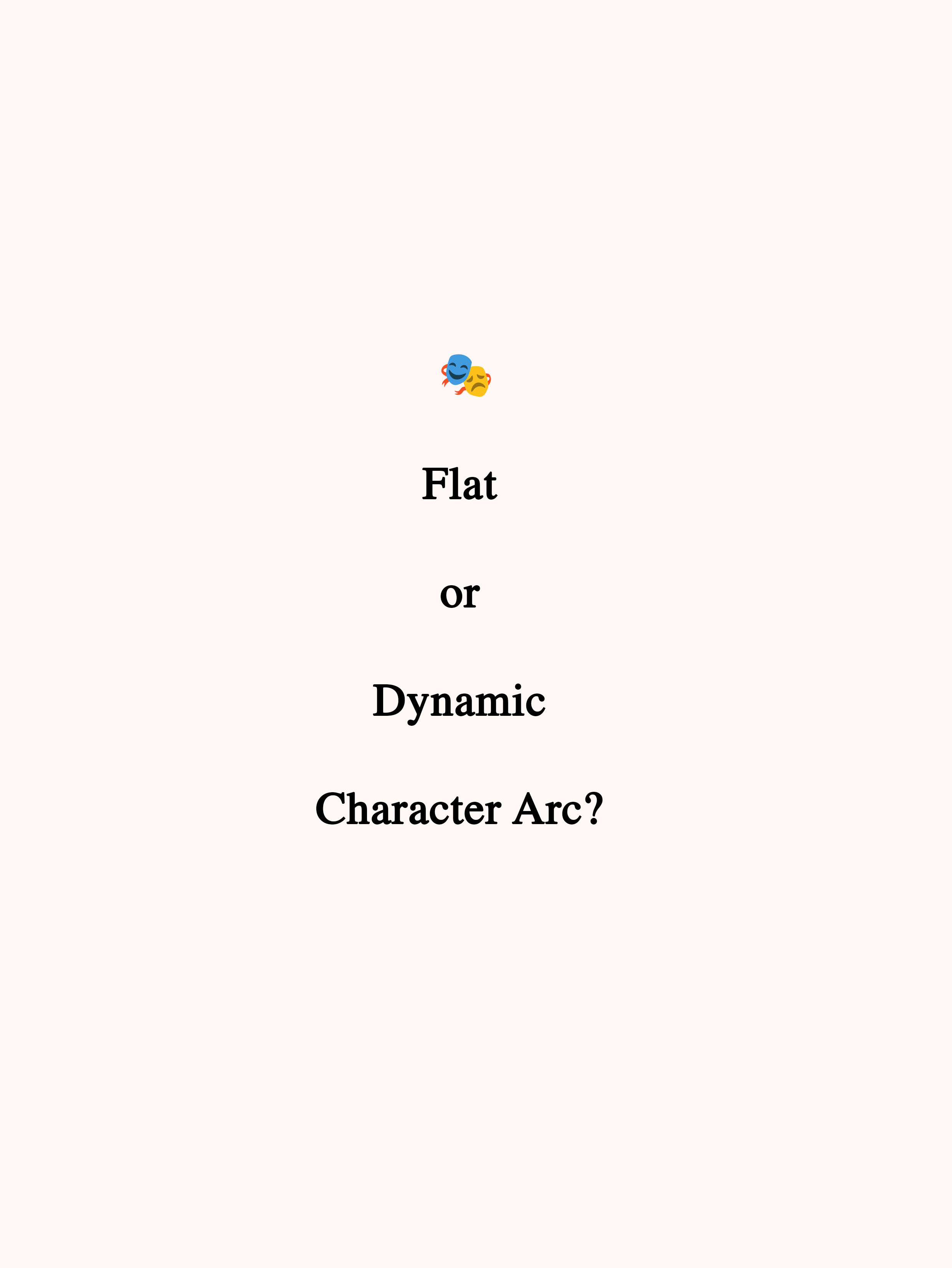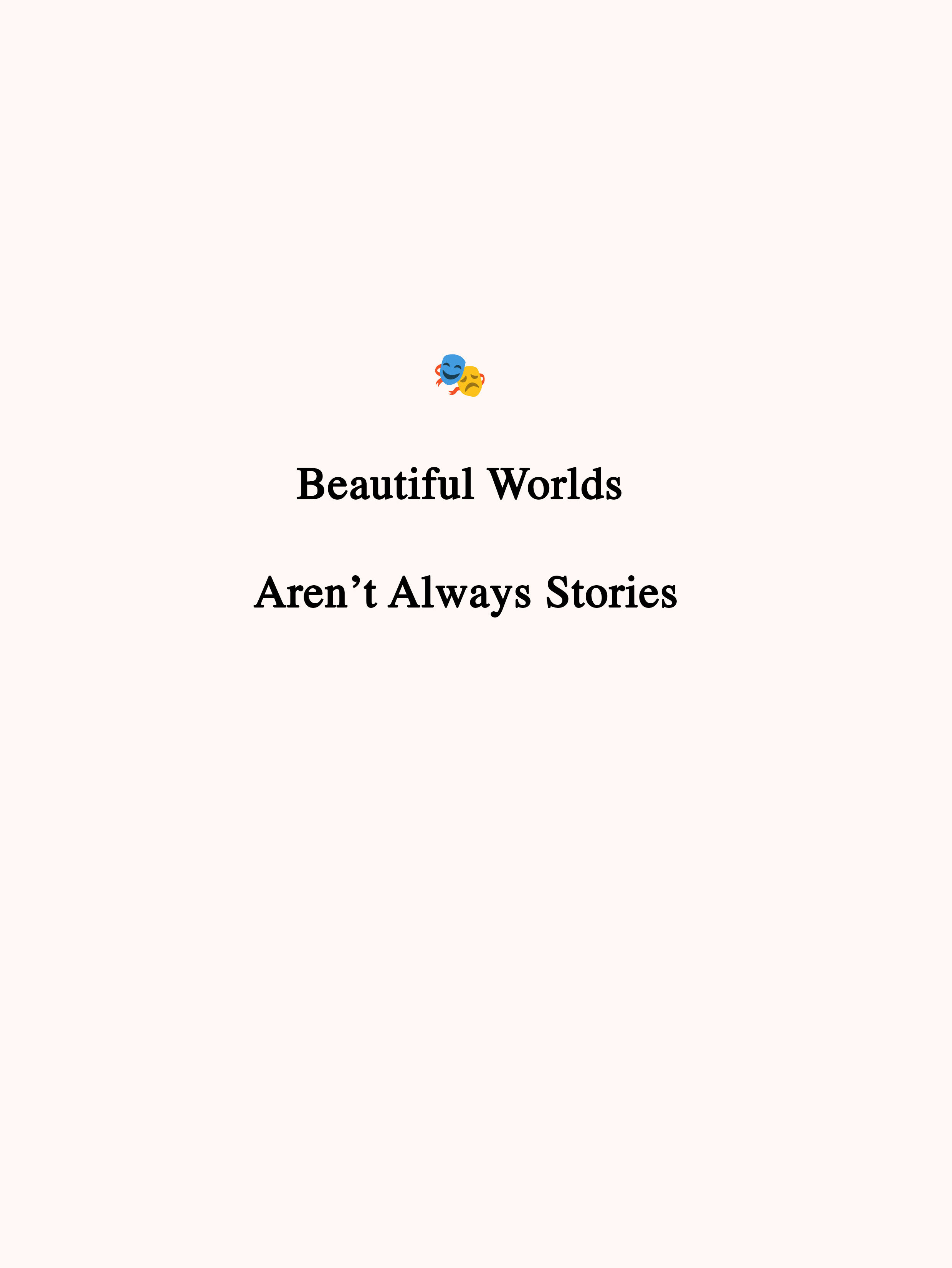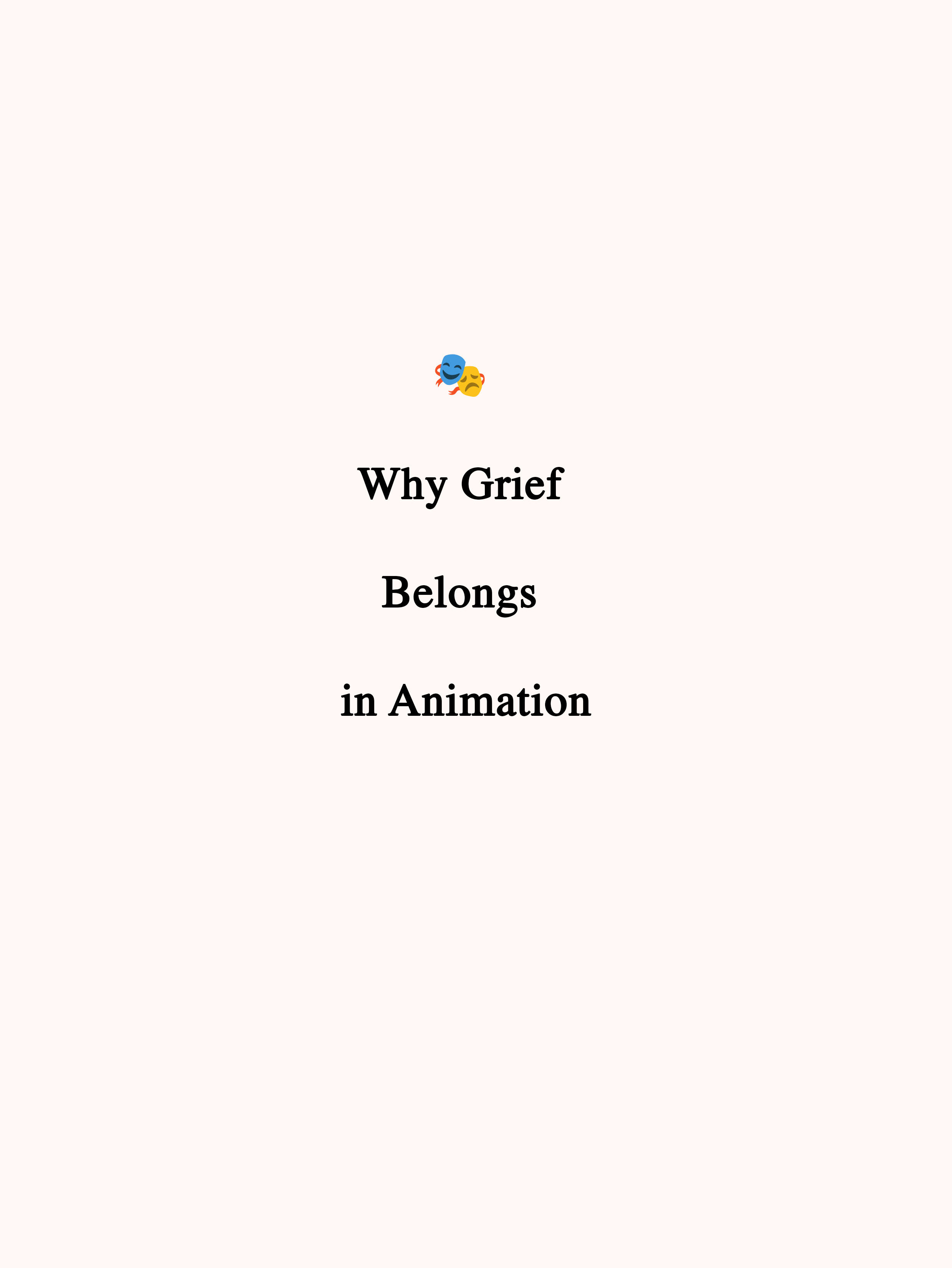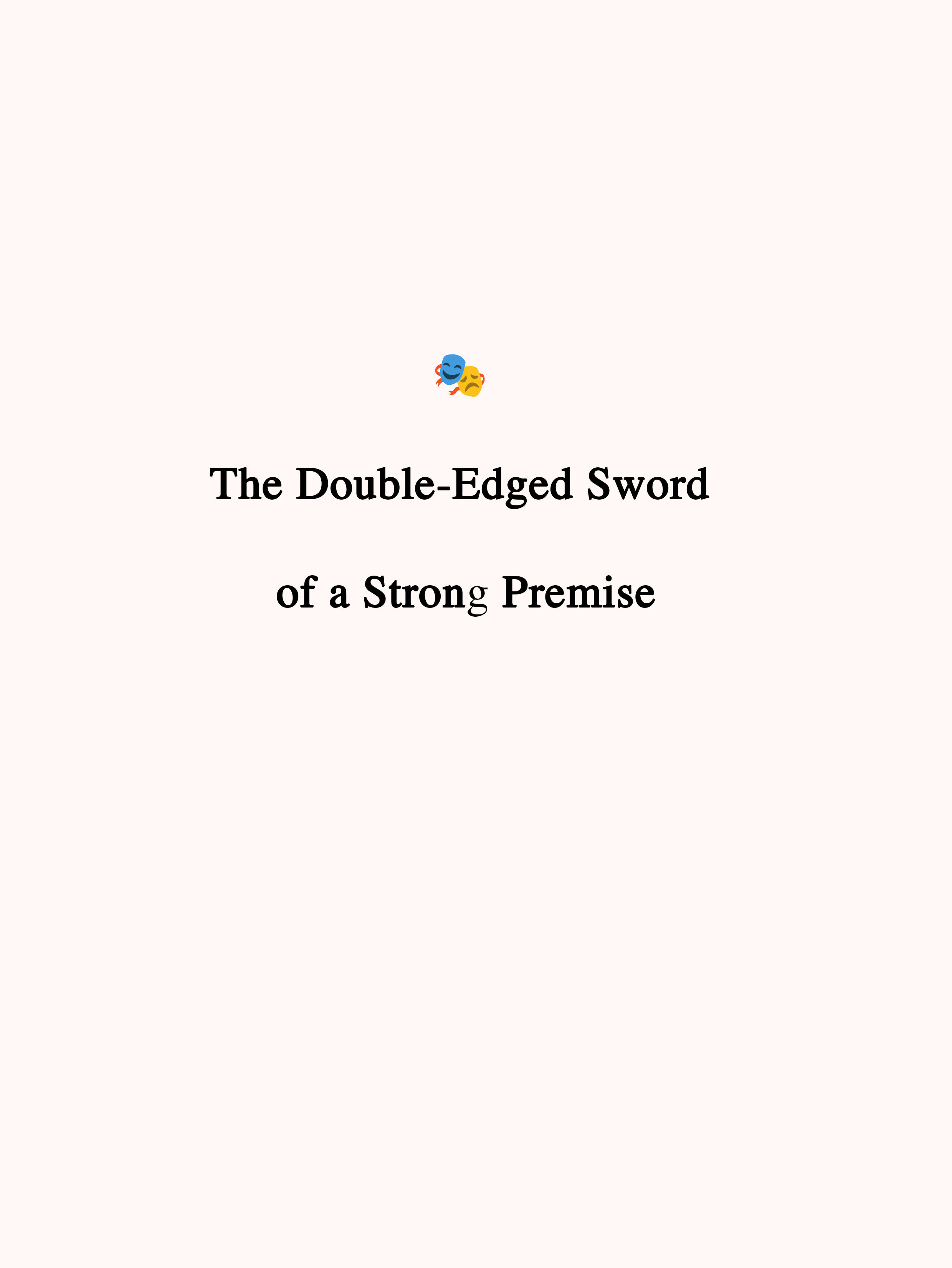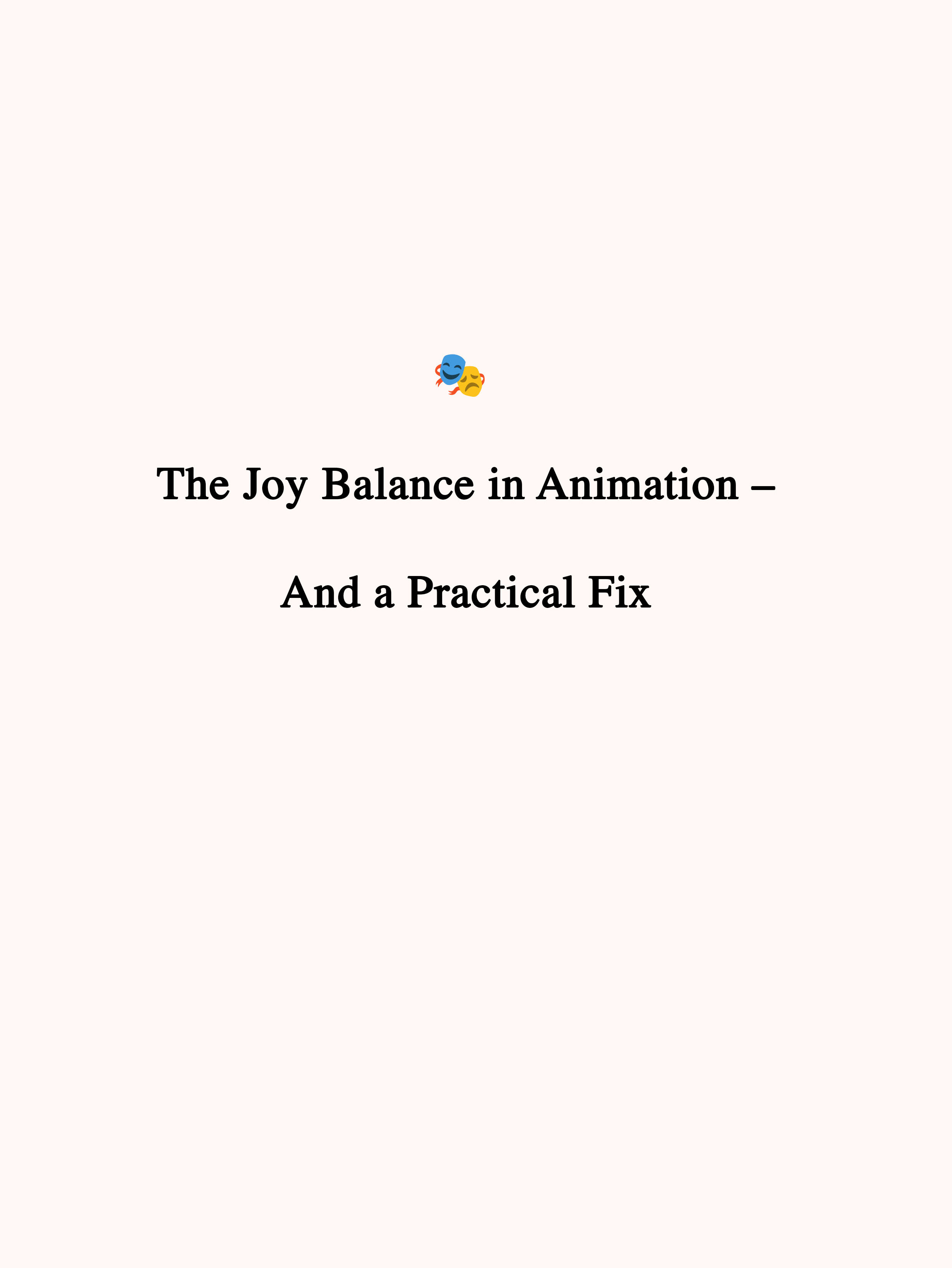🎨 What Watercolor Can Teach Us About Writing
This painting is by my favorite watercolor artist, Joseph Zbukvic.
Now imagine I wanted to make a series based on The Simpsons—but I asked him to do the illustrations.
You’d probably say, “Wait… what? That makes no sense.” And you’d be right.
The styles don’t match. It’s obvious.
But with writing, this distinction often disappears. Because unlike art, we don’t see a writer’s style unless we actually sit down and read—and most people don’t.
So writing gets treated like accounting.
“They wrote a drama that worked, so they can probably write this comedy.”
“They handled this kids’ movie, so they can do this YA fantasy.”
But writing—like painting—is a specific art form.
And not all writers are interchangeable.
✏️ What I’ve Learned About Writers in Animation
One of the issues I see in animation (and entertainment more broadly) is the misunderstanding of writing as a craft. Writers are often treated like generalists—“good” or “not”—rather than artists with specific tones, rhythms, emotional ranges, and instincts.
If this resonates with you, I’d encourage two things:
1. Look at the writing credits.
Pick a movie you love and one you didn’t connect with.
Now go see what else that writer worked on. I promise you—there’s a pattern.
Writers shine where their voice belongs.
I once watched a film “from the creators of” one of my all-time favorite movies—and it didn’t resonate at all. I went to investigate. Turns out, that person wasn’t the writer on the project I loved—they held a high-level production role. Essential, yes—but not the narrative voice. And it showed.
2. Pay attention to the notes.
I once saw executives give this note on a pitch I’d made art for:
“Can you make it more princess?”
That’s not story editing. That’s branding.
If “princess” were the key to success, how do we explain Shrek? Spider-Verse? The Lion King? Tarzan?
No princesses—still massive, lasting success.
Good story editing doesn’t sound like “make it an ocean instead of a mountain.”
It sounds like:
“This feels repetitive—the main character expresses loneliness three times in the first three chapters. Pick one strong moment, then shift her into action so we stay emotionally engaged.”
That’s editing based on feeling, not formula.
💡 But what about the sequel strategy?
People often say, “But sequels are what the market wants!”
Sure. But:
1-You need a great first story before a sequel is even worth making.
2-Box office happens before someone sees the movie—based on how much people loved the first one.
So ironically, even the sequel strategy relies on a time when great storytelling happened—once.
🎬 Writing isn’t invisible.
It’s just quiet.
But once you learn to look for it—really look—you’ll see it’s just like any other art.
It has fingerprints. Styles. Moods. Tones.
We wouldn’t hand a watercolor artist The Simpsons and expect magic.
So why do we do it with scripts?
This painting is by my favorite watercolor artist, Joseph Zbukvic.
Now imagine I wanted to make a series based on The Simpsons—but I asked him to do the illustrations.
You’d probably say, “Wait… what? That makes no sense.” And you’d be right.
The styles don’t match. It’s obvious.
But with writing, this distinction often disappears. Because unlike art, we don’t see a writer’s style unless we actually sit down and read—and most people don’t.
So writing gets treated like accounting.
“They wrote a drama that worked, so they can probably write this comedy.”
“They handled this kids’ movie, so they can do this YA fantasy.”
But writing—like painting—is a specific art form.
And not all writers are interchangeable.
✏️ What I’ve Learned About Writers in Animation
One of the issues I see in animation (and entertainment more broadly) is the misunderstanding of writing as a craft. Writers are often treated like generalists—“good” or “not”—rather than artists with specific tones, rhythms, emotional ranges, and instincts.
If this resonates with you, I’d encourage two things:
1. Look at the writing credits.
Pick a movie you love and one you didn’t connect with.
Now go see what else that writer worked on. I promise you—there’s a pattern.
Writers shine where their voice belongs.
I once watched a film “from the creators of” one of my all-time favorite movies—and it didn’t resonate at all. I went to investigate. Turns out, that person wasn’t the writer on the project I loved—they held a high-level production role. Essential, yes—but not the narrative voice. And it showed.
2. Pay attention to the notes.
I once saw executives give this note on a pitch I’d made art for:
“Can you make it more princess?”
That’s not story editing. That’s branding.
If “princess” were the key to success, how do we explain Shrek? Spider-Verse? The Lion King? Tarzan?
No princesses—still massive, lasting success.
Good story editing doesn’t sound like “make it an ocean instead of a mountain.”
It sounds like:
“This feels repetitive—the main character expresses loneliness three times in the first three chapters. Pick one strong moment, then shift her into action so we stay emotionally engaged.”
That’s editing based on feeling, not formula.
💡 But what about the sequel strategy?
People often say, “But sequels are what the market wants!”
Sure. But:
1-You need a great first story before a sequel is even worth making.
2-Box office happens before someone sees the movie—based on how much people loved the first one.
So ironically, even the sequel strategy relies on a time when great storytelling happened—once.
🎬 Writing isn’t invisible.
It’s just quiet.
But once you learn to look for it—really look—you’ll see it’s just like any other art.
It has fingerprints. Styles. Moods. Tones.
We wouldn’t hand a watercolor artist The Simpsons and expect magic.
So why do we do it with scripts?
